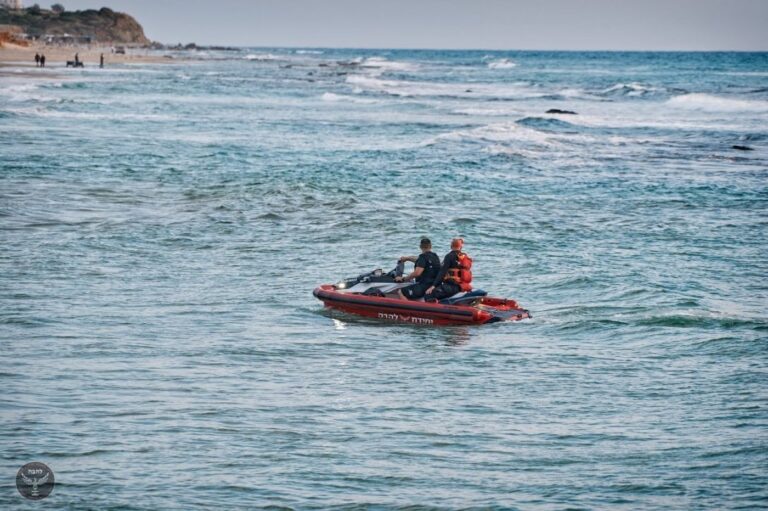 Train service connecting some of the New York region’s far-flung suburbs and exurbs to Manhattan is scheduled to resume full operation Monday, marking a modest milestone for a system that was crippled by Superstorm Sandy and continues to feel the effects more than two months later.
Train service connecting some of the New York region’s far-flung suburbs and exurbs to Manhattan is scheduled to resume full operation Monday, marking a modest milestone for a system that was crippled by Superstorm Sandy and continues to feel the effects more than two months later.
In an unintended bit of timing, the announcements Friday came as New Jersey commuters closed out a week in which several accidents left dozens of people injured and transit officials announced plans to close a major inbound roadway for two years for repairs.
New Jersey Transit, which suffered an estimated $400 million in damage to its rail cars, locomotives and infrastructure, will have trains into Manhattan restored to pre-Sandy schedules, executive director James Weinstein said Friday.
That includes the North Jersey Coast Line, which sustained extensive damage from Sandy near South Amboy where the storm shifted one rail bridge and several boats and cargo containers washed up onto another bridge. The line’s southern terminus, Bay Head, is a more than two-hour ride from Manhattan.
It also includes the Pascack Valley and Port Jervis lines, operated by NJ Transit for New York-based Metro-North and serving northern New Jersey and New York’s Orange and Rockland counties. A total of seven trains will be added on the two lines, which had used bus service in the weeks after Sandy to fill in the gaps.
Service into Hoboken continues to run on a reduced schedule due to electrical problems caused by flooding from the storm, with the Gladstone branch of the Morris & Essex line the most affected. Weinstein said electrical power at Hoboken should be restored by March.
Friday’s announcement follows by two days the news that the Port Authority Trans-Hudson line would resume 24-hour service on part of its system. PATH trains, a late-night lifeline for young professionals who work in Manhattan and live in Hoboken and Jersey City, have been ceasing operation at 10 p.m. to accommodate repair work.
Those were bright spots in a week in which, in order, an escalator at a Jersey City PATH station malfunctioned, injuring several people; dozens of people were hurt when a New York-bound commuter ferry crashed into a pier, and a bus bound for Wall Street from central New Jersey hit a school bus, causing more than a dozen injuries.
Then on Thursday, transportation officials announced that the heavily traveled inbound Pulaski Skyway, a primary feeder into the Holland Tunnel, would close for two years beginning in early 2014 as part of a $1 billion renovation.
Manny Arocho, 35, a regular commuter from Newark to his job as a designer with a Manhattan engineering firm, said he’s been bewildered by the recent string of mishaps and delays and feels officials seem to always be reactive rather than proactive.
“Every time something happens, it’s like they don’t seem prepared,” he said. “I really don’t think New Jersey is up to par like other states, where, if they get two feet of snow, it’s nothing – here, it seems to shut down New Jersey for two weeks. Now that the ferry has crashed, they’ll start looking at safety.”
The region’s rail and subway systems were dealt a wallop by Sandy’s tidal flood surge and hurricane-strength winds. PATH, Metro-North and NJ Transit suspended operations as the storm approached, as did New York City’s subway system. Each was able to restore some service within the first week, with harder-hit sections taking weeks more, in some cases.
PATH service to New York out of Hoboken, where the century-old station was flooded with eight feet of water, didn’t resume until the week before Christmas, eight weeks after the storm. The system-wide 10 p.m. nightly service suspension proved a burden to some.
Maria Murphy commutes every weekday from her home in Newark to a job in Queens and said the closure has forced her to take a more expensive alternative.
“Because it stops at 10 p.m., and I get out of work at 9:30 p.m. in Queens, I have to take NJ Transit home and it costs double, and it’s very, very tiring,” she said.
(AP)










